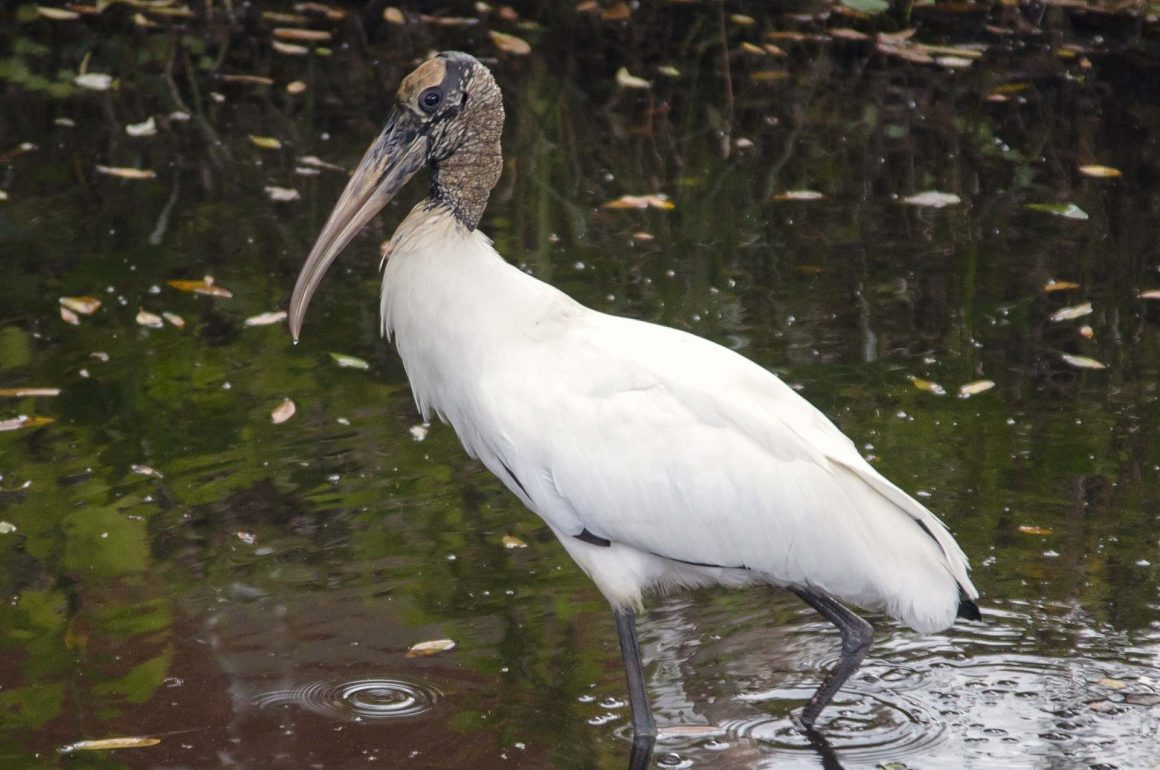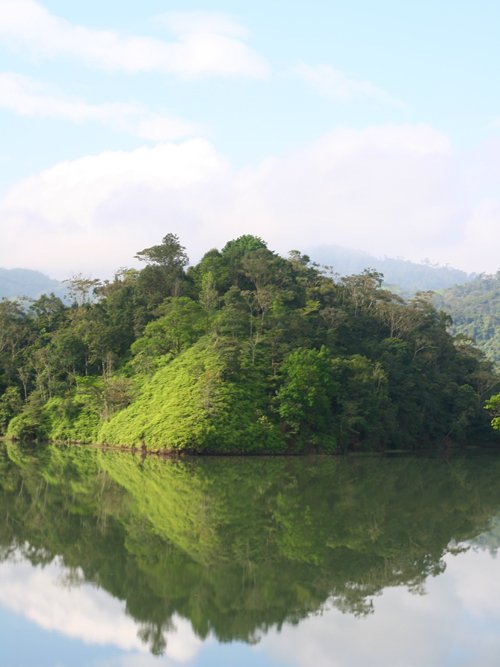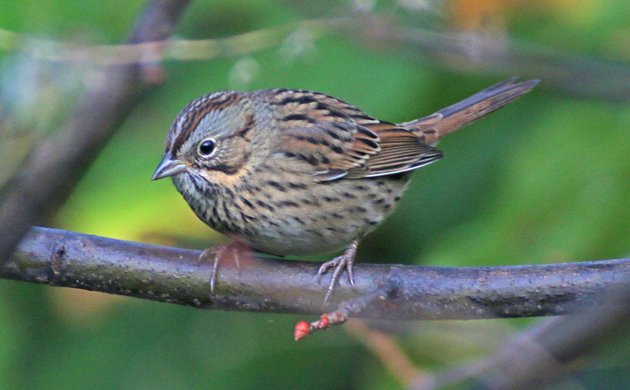
I recently moved to Tallahassee, a city known for its robust network of lakes and ponds. From natural formations to impoundments, reservoirs to golf-course carve-outs, there is a lot of water in Tallahassee.
My new house sits adjacent to one such lake, which probably used to fill up naturally during rainy times but has been artificially impounded for decades now. Long and thin, the lake’s shoreline grows thick with grasses and lily pads, a haven for a whole slew of bird species.
Unfortunately for me, this abundance of avian life can make me late for work.
It’s not my fault, I swear! One day I’m going through my breakfast and dressing routine, when out of the corner of my eye I spot the tall, unique silhouette of a Wood Stork. A WOOD STORK. Do you know how cool Wood Storks are? With bright white bodies and bald, gray heads, they literally look like they’ve plopped down among us from a prehistoric time. Obviously I had to run outside with my camera, watching through my lens as this particular stork plunged his bill into the shallows to pull up his own morning meal.
And what can I do when a giant flock of Hooded Mergansers suddenly shows up at the edge of my dock? Are you suggesting I just mosey on my merry way without counting each one through my binoculars, even though I’ve never seen more than a handful together at one time? That would be madness!
Even the lake’s common residents – the Canada Geese and Pied-billed Grebes – are often so amusing in their antics that I lose track of time, watching them feed and fight and flee as the sun rises from the horizon.
I knew a house near water would bring new birding opportunities, but I never thought I would be lucky enough to see so many birds on a daily basis. Luckily, I work at Audubon – they understand me perfectly when I say I just had to come in fifteen minutes late to tease out the number of White Ibis vs. Great Egrets that formed a mixed flock across the water.





 New writers welcome – please contact us for details.
New writers welcome – please contact us for details.

















Nice! I hope your move brings more good things… and birds 😉